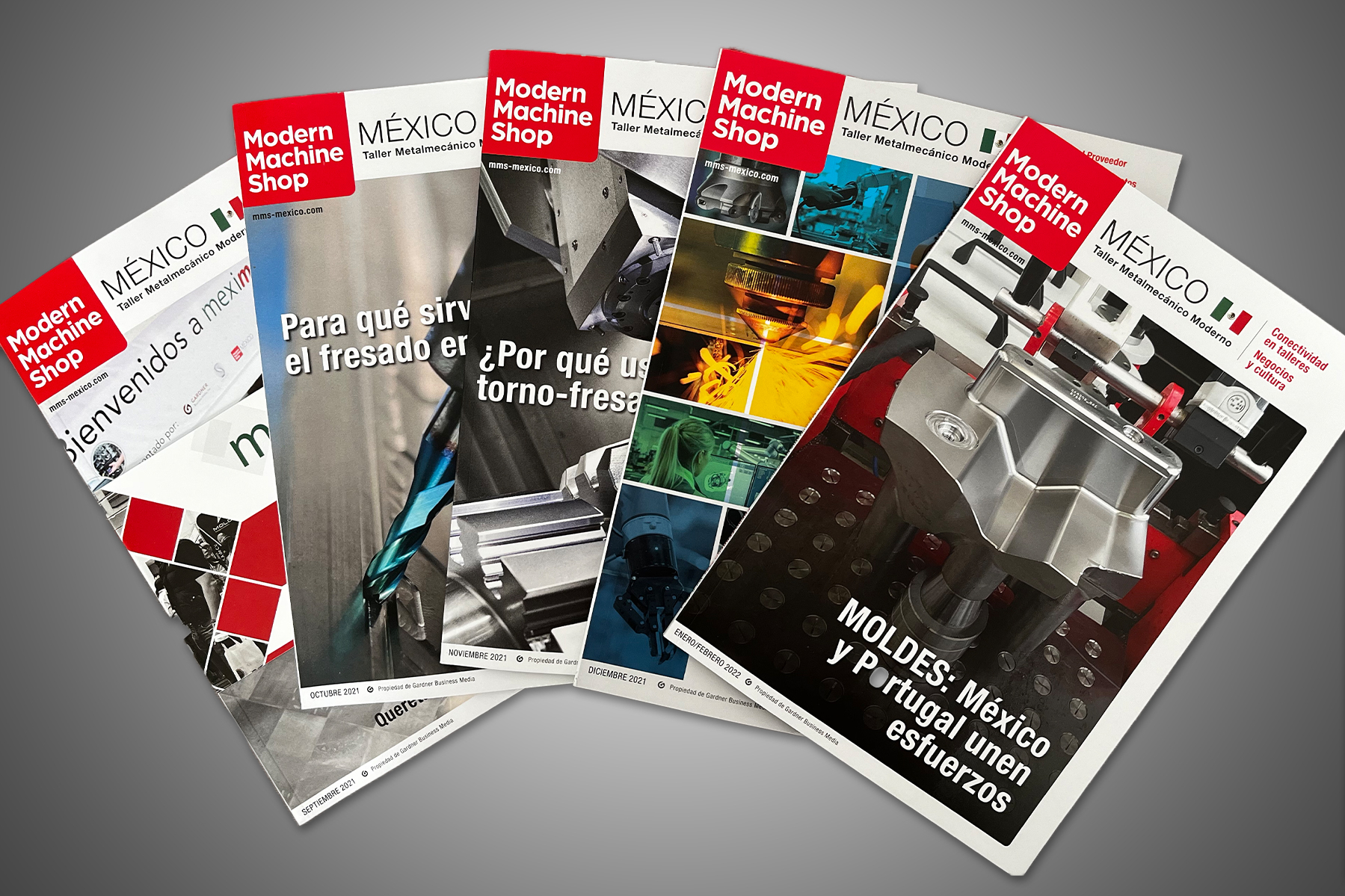Nearshoring: A New Opportunity For Mexico
The global coronavirus pandemic weakened the structure of offshoring and has made OEMs reflect on the convenience of having their supply chain partners so many miles away.
According to Gary Gereffi, professor at Duke University, Offshoring appeared in the 1960s, with the proliferation of assembly programs in Mexico: the so-called “twin plant programs.” This industrial phenomenon began with the electronics and automotive industries, which began to “delegate” the production of some components or auto parts to certain plants located in Mexico.

Over time, the United States sought other production alternatives in different geographic areas that would allow them to further reduce costs in their manufacturing processes and, at the same time, offer qualified labor with good quality final products. This is how many OEM companies found several allies in Asia, especially in China, Taiwan and South Korea. Over the years, these countries became strategic allies of many U.S. companies as a strong link in their supply chain.
However, the global coronavirus pandemic weakened that structure and has caused OEMs to reflect on the desirability of having their supply chain partners so many miles away. Not to mention the commercial and political tensions that have arisen between the United States and China, which have brought to light the inconvenience of having suppliers that are so geographically and culturally distant.
It is within this context that Nearshoring appears as a new commercial and manufacturing phenomenon, which in the end seeks the same ends as Offshoring, but with the outsourcing of manufacturing to closer countries. Of course, this is where Mexico comes in, which has a border of more than 3,000 kilometers with the United States and, geographically speaking, is the closest country to the United States and Canada.
In addition, the advantages Mexico has over its Asian peers are clear: a closer and more intimate relationship with the parent company in the United States, which allows better control of production and less time in the decision making process or changes in manufacturing projects. It also offers reduced transportation times, making it possible to deliver the finished product in a shorter time. Thirdly, Mexico has the same time zone as the United States, which facilitates real time communication and timely control in the manufacturing processes. Finally, the other great benefit of Mexican suppliers is that industrial and commercial regulations are similar to those of the United States and Canada, based on well-defined commercial agreements, such as the case of the T-MEC, which came into effect on July 1, 2020.
But one of the strongest reasons that make Mexico a unique country for companies that want to reduce production costs through the outsourcing system is the gateway to a large number of markets, thanks to the fact that Mexico has a network of 13 free trade agreements with 50 countries (FTAs), 32 agreements for the Promotion and Reciprocal Protection of Investments (APPRI) with 33 countries and 9 agreements of limited scope (Economic Complementation Agreements and Partial Scope Agreements) within the framework of the Latin American Integration Association (LAIA).
According to a survey conducted by the consulting firm Bain & Company, 82% of large companies in Europe, Asia and North America have some kind of outsourcing agreement, which means that 51% of these companies outsource through a company located in another country than their country of origin. And it is there where Mexico appears as a protagonist.


.jpg;width=70;height=70;mode=crop)








